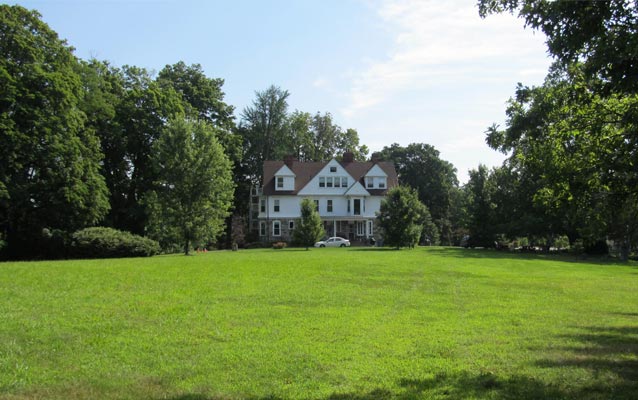Last updated: December 16, 2020
Place
Mill-Rae

photograph by Molly Lester, courtesy of Pennsylvania State Historic Preservation Office
Built in 1890 for suffragist Rachel Foster Avery and her family, Mill-Rae is significant under Criterion A for its association with the women’s suffrage movement in the United States. Located just outside Philadelphia, the house was commissioned by Avery from local architect Minerva Parker Nichols. The house was used as a meeting site for several prominent suffrage activists as they advocated for national women’s suffrage, planned exhibits and conventions at the 1893 World’s Columbian Exposition, and established a pension fund to support Susan B. Anthony (a personal friend and mentor to Avery, and a frequent guest at Mill-Rae) in her ongoing activism. The house is also significant under Criterion B for its association with Rachel Foster Avery, a leading national campaigner for women’s suffrage in the late nineteenth century, and under Criterion C as a significant work of Minerva Parker Nichols, the first woman in the country to practice architecture independently. Mill-Rae represents an unusual case of a home that was expressly designed to accommodate both a private function (Avery’s family home), and a public function (a locus for women’s associations and activists). Such accommodations and gathering spaces for women’s organizations were rare in the late nineteenth century. The period of significance (1890 to 1905) spans the house’s original construction, overseen by Nichols, and the duration of the property’s use as the Avery home, and suffragist meeting place. The house’s function, design, original owner, and architect represent significant narratives in the history of both women’s social history and architecture in the United States.
